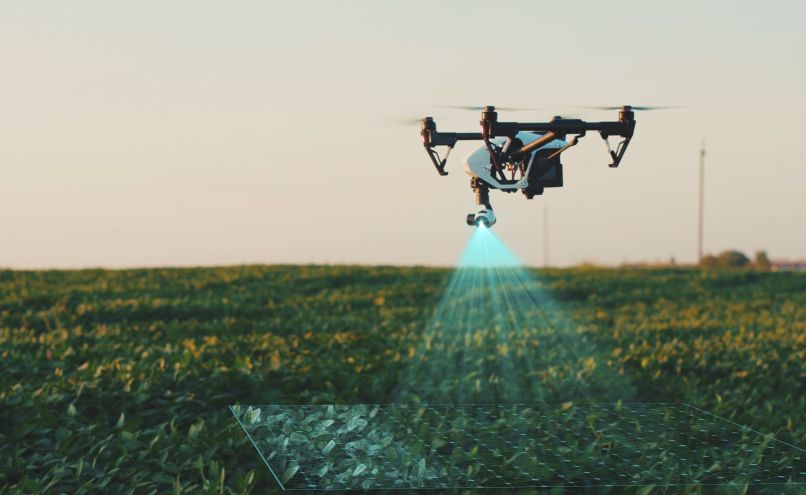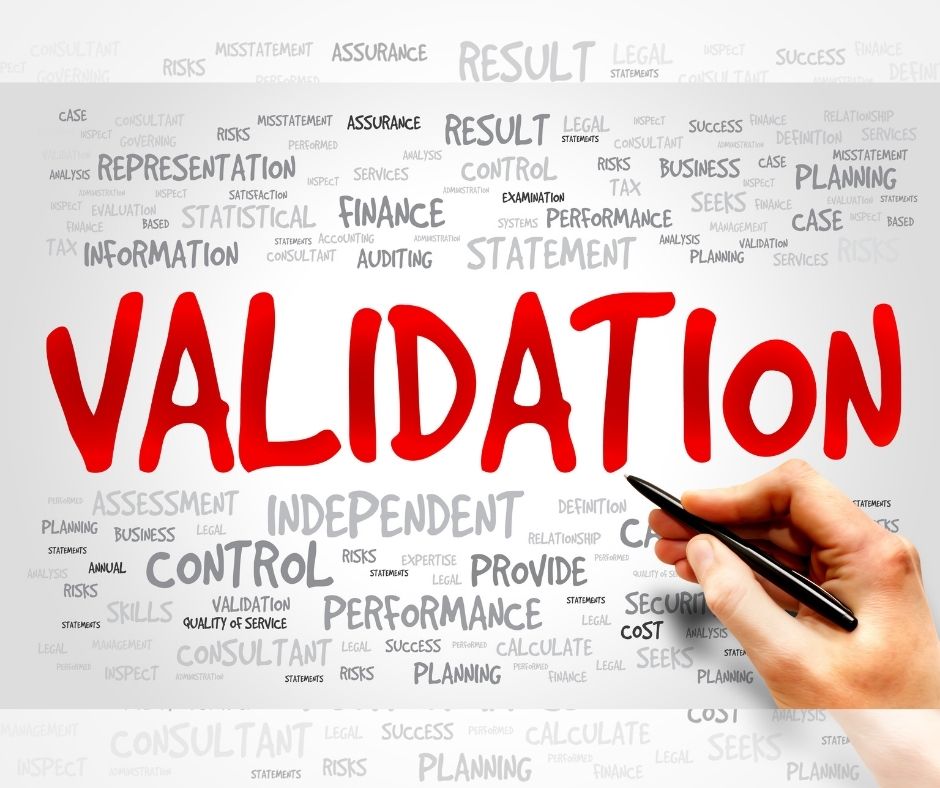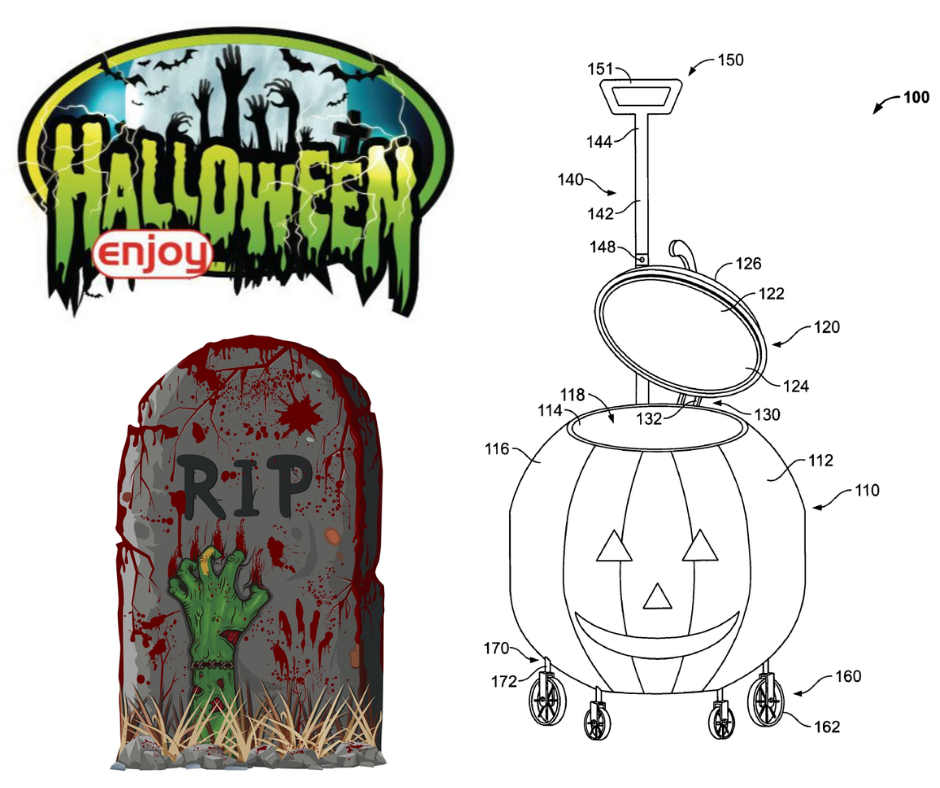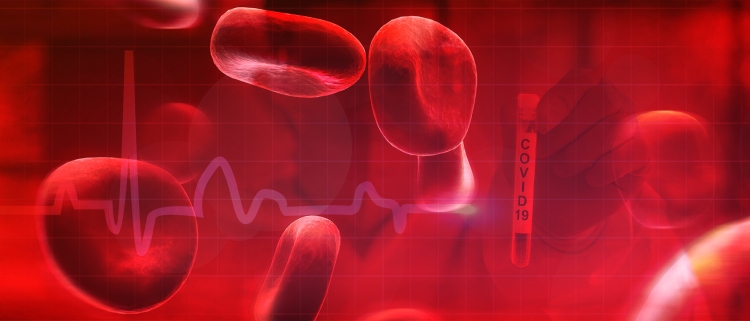The growth of the global population systematically increases the demand for food and drink, making the standard of living of billions of people worldwide more and more dependent on the quality and productivity of food industry. Therefore, it is not surprising that food producers are willingly implementing the new technologies based on artificial intelligence and the so-called artificial neural networks. However, the efforts and investments put into innovation will make profits only if the new solutions are guaranteed effective legal protection.
Development needs innovation, while innovation needs protection
Technical development in food industry poses a challenge to engineers and scientists, who must set their minds on the creation of inventions adapting the new technologies for the purposes generated by the market demands.
The new solutions do not only increase productivity and lower the costs, but they also constitute intellectual property, which – provided that it is legally protected – gives the entrepreneur a monopoly on using the invention. The exclusive right guarantees its holder the advantage over competition and it also constitutes some countable material value in the assets of the company.
Therefore, a great majority of entrepreneurs decide to proceed with filing patent applications in order to obtain protection for their inventions before the new solutions are launched to the market. Such practice is also very common among entrepreneurs dealing in food industry.
Artificial neural networks in food industry
Apart from development of innovative solutions in the field of mechanics or chemicals relating to food production, what can be observed in food sector over the last few decades is the implementation of the new technologies using artificial intelligence and, among others, artificial neural networks.
Artificial neural networks are mathematical algorithms imitating the concept of the structure and functioning of the neural network in human brain. This kind of technology enables to solve complicated problems, make decisions, classify and recognize samples or optimize the processes. In many cases it allows to make the analysis of the relations between a variety of data, which cannot be done by a human. Owing to the implementation of artificial intelligence in food industry, improvements are made in the range of productivity and quality of production, at the same time reducing the negative impact of this sector upon environment.
Patent protection of innovative solutions in food industry
Over the last twenty years there has been a significant growth in the total number of patent applications in food industry. As it can be seen from the statistics of WIPO[1] (World Intellectual Property Organization), in 2008 there was a total of 23.500 patent applications filed worldwide in the field of chemical preparations for food industry. In 2013 this number exceeded 42.000, just to reach the level of nearly 70.000 patent applications in 2018.
A similar growth in the number of patent applications in food industry has also been observed in the field of solutions using artificial intelligence, including artificial neural networks. The inventions of this kind can be divided into a few groups, depending on their intended purpose.
The largest group are the solutions based on the so-called computer vision, which are used for the analysis of imaging data obtained for example on farm fields during plant growth, harvesting, or sorting products and semi-products, during production quality control, or at the stage of packaging and waste disposal. Imaging data which is processed by neural networks can be collected by means of a variety of techniques, for example by taking thermal vision pictures, photographic pictures or X-rays.
For example, on the basis of such data as geometry, size or color, neural networks can determine the degree of ripeness of a fruit or its quality, and then sort it appropriately.
It was already in 2004 when a company named FOSS ELECTRIC AS [DK] obtained a European patent (EP1226431[1]) for the method of determining the content of fat in meat on the basis of X-rays analysis, and in 2011 another European patent was obtained by a company PELLENC SA [FR] for a blue-berry sorting machine (European patent no. EP2188067[2]).
What is also protected more and more frequently, are the solutions in the field of controlling food packaging processes, including the control of tightness and quality of packaging. In 2014 a Chinese university in Hunan applied for a patent for a method of detecting defects in recyclable glass beer bottles by means of PCA and BP neural networks (CN201611263499[3]). There are many more examples of using neural networks in such manner.
Neural networks are attractive in food industry also because they are capable of processing data from chemical samples and other samples of biological and genetic material. They can for example predict the degree of advancement of the process of fermentation, the quality and chemical content of food, and subsequently classify the manufactured products on such basis. Artificial intelligence also allows to control and optimize the parameters of production process, such as temperature or movement speed of feeders, or to control the contents of waste substances and materials.
Patenting the solutions using artificial intelligence – not so obvious
The availability of patent protection for intelligent solutions in food industry encourages both entrepreneurs and scientific centers to conduct research and develop breakthrough devices. As a result of this process, there is a growing number of patent publications in this field in patent databases.
However, patent protection of solutions using artificial intelligence still evokes a lot of controversy. In many cases, it requires a completely new approach to be adopted by patent offices.
At present, examination and assessment of the criteria of patentability of new technical solutions using intelligent mathematical algorithms (including neural networks) is relatively stabilized and uniform all over the world. Many patent offices have issued special guides and materials[4] for entrepreneurs. However in practice, engineers and managing staff willingly cooperate with patent attorneys in order to select the relevant scope of protection most appropriately.
It is essential to remember that there are many options of protection strategies to choose from among per one’s individual needs, depending on the kind and the required territorial extension of the right for a patent to be obtained. A patent for the territory of Poland can only be obtained in national procedure, while patents for other territories are obtainable for example in the European or international procedure. Obtaining the protection right for a patent does not only require the expenditure of some costs, but also the professional skill of a patent attorney specialized in a particular filed falling within the client’s interest.
1 https://www.wipo.int/edocs/pubdocs/en/wipo_pub_941_2019.pdf
2 https://worldwide.espacenet.com/patent/search/family/008105616/publication/EP1226431A2?q=EP1226431
3 https://worldwide.espacenet.com/patent/search/family/039167793/publication/EP2188067A2?q=EP2188067
4 https://worldwide.espacenet.com/patent/search/family/059116692/publication/CN106841212A?q=CN201611263499
5 https://www.jpo.go.jp/e/system/laws/rule/guideline/patent/document/ai_jirei_e/jirei_e.pdf
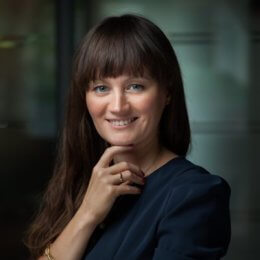
Weronika Witkowska is a Polish and European patent attorney.
She prepares applications for patents, conducts proceedings before the Polish Patent Office, EPO and WIPO. Appears in contentious and court cases, in particular related to computer-implemented inventions. She is a member of the Polish Chamber of Patent Attorneys, the European Patent Institute (EPI) and the International Association for the Protection of Intellectual Property (AIPPI). Contact with the author

